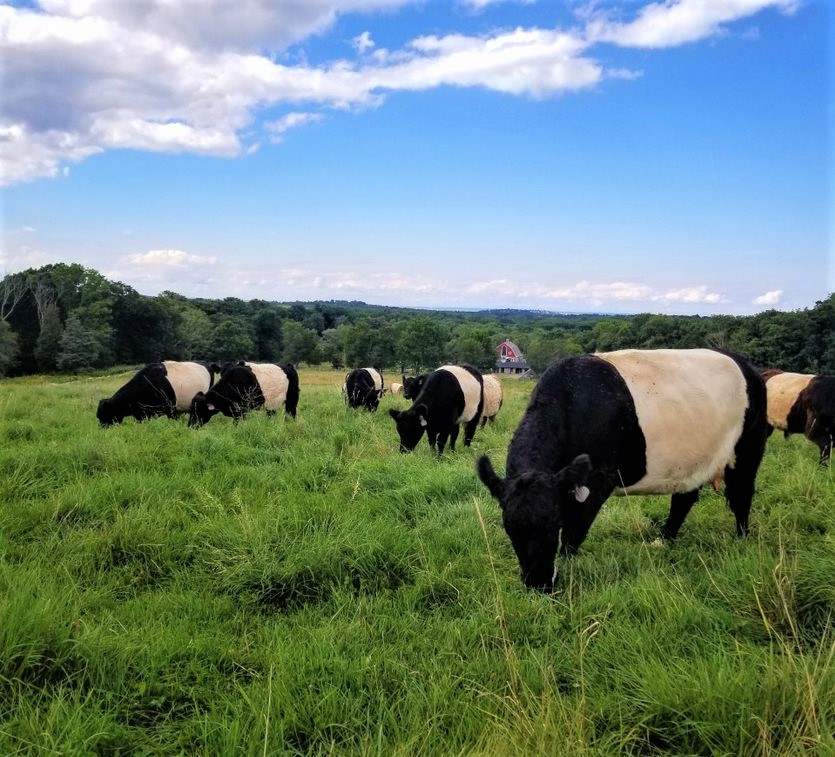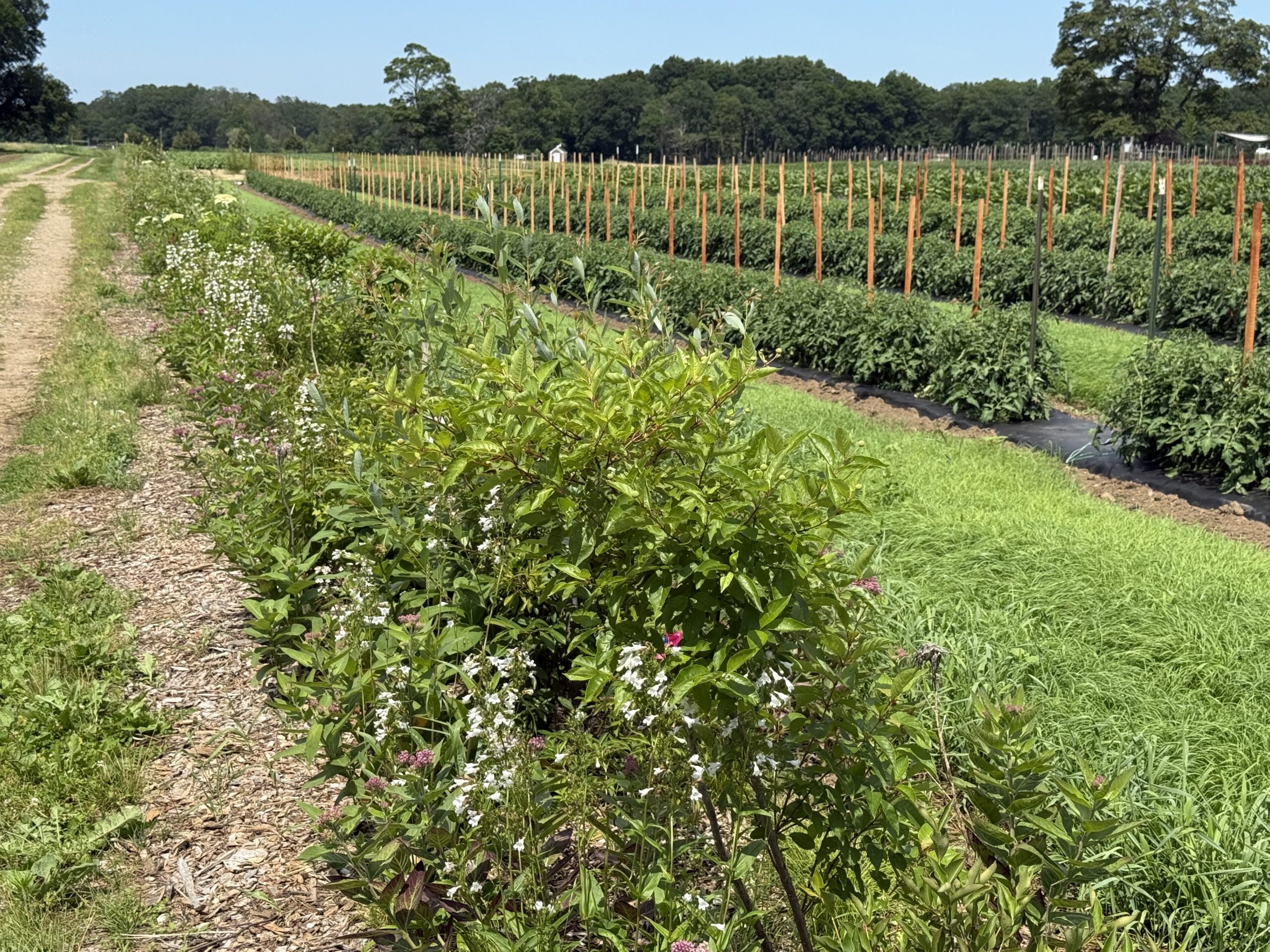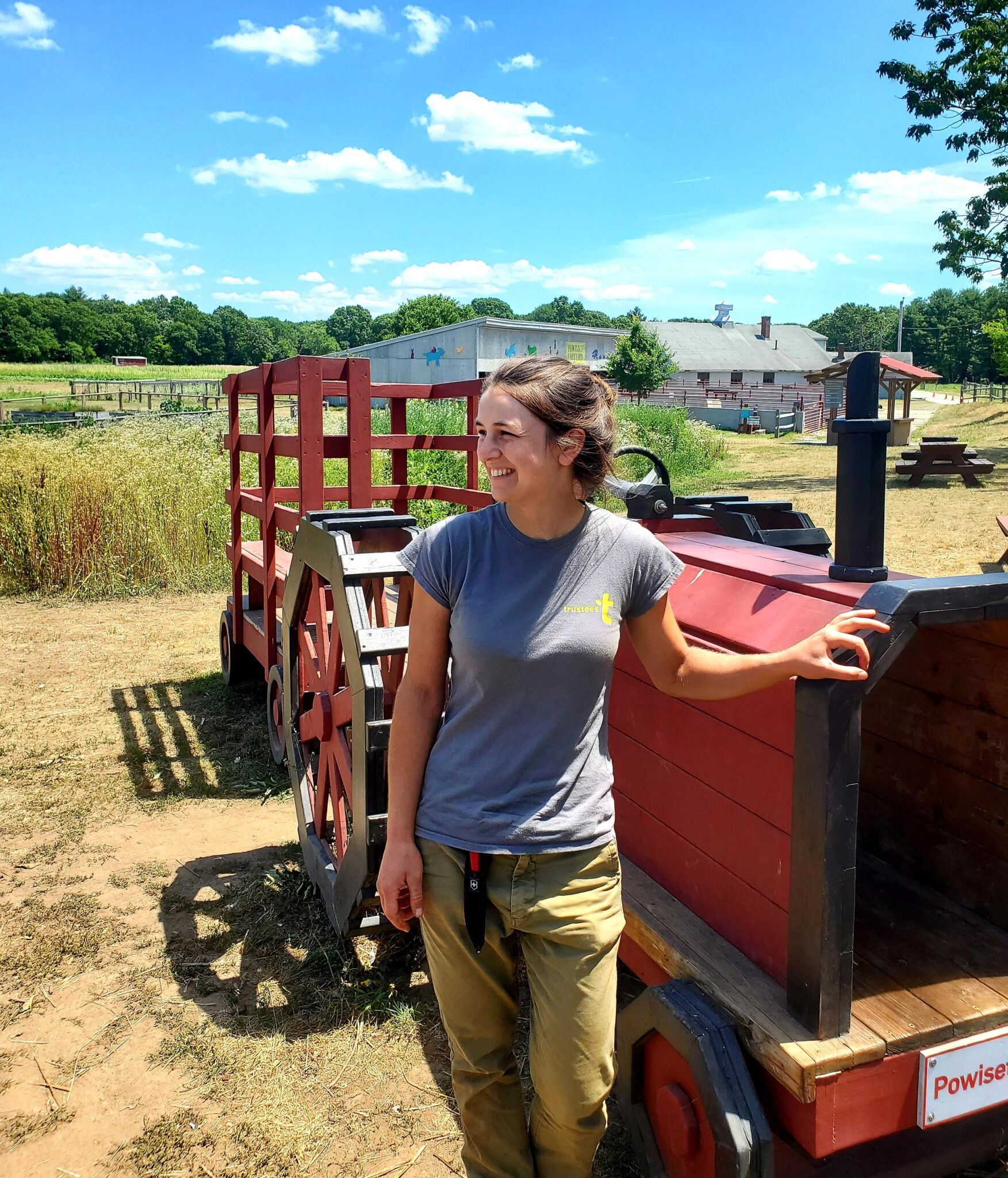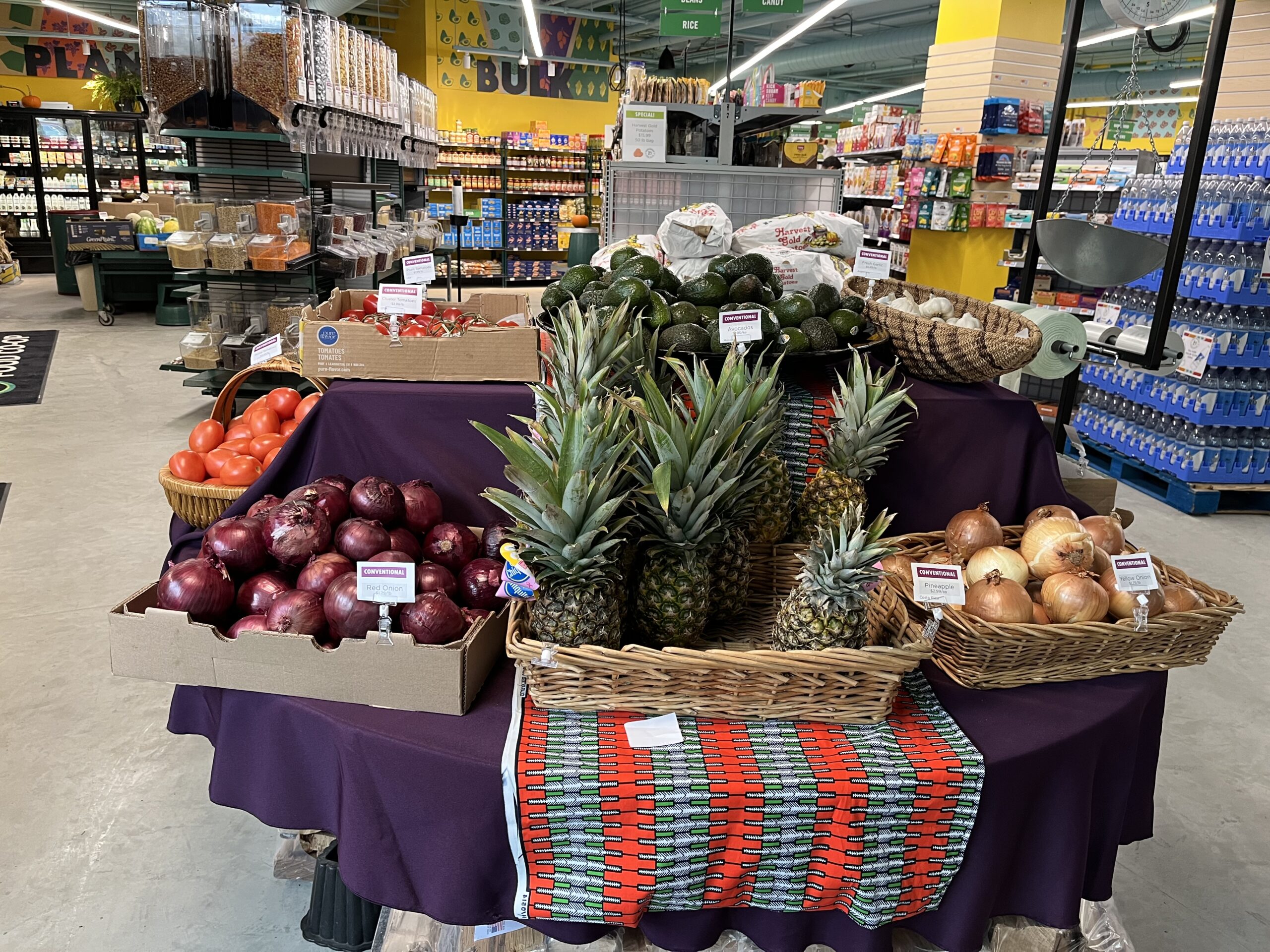
Our livestock are a critical component to our farmland management strategy at the Trustees. Cattle, sheep, chickens, and pigs help us manage extensive farmland acreage, sequester carbon, and convert materials humans can’t normally digest into high-quality protein. And careful rotational grazing of livestock is an invaluable soil-building tool. Semi-permanent grasslands and pastures have some of the best soil structure and organic matter levels as a result of grazing, which encourages grass growth and root health as well as increased cycling of nutrients. Proper grazing management also makes our farmland more drought resistant and improves resilience in heavy rain events by increasing the water holding capacity of soils and contributing to good soil structure.
Across Trustees farms, visitors will find cattle, pigs, chickens, sheep, and goats. Each of these have a specific impact on the land and we use this impact thoughtfully to build soil, regenerate pastures, and rest crop fields.
Our sheep and cows are crushing it-literally. As our herds and flocks move through rotational paddocks, they crush grass into the soil, further protecting the soil from erosion and improving water holding capacity. Well-managed grazing creates controlled disturbance which then stimulates seeds, promoting new growth and a healthy eco-system. Relatively short duration grazing is critical to managing pastures for maximum forage and soil health benefit.
Goats help us to manage hedgerows and stone walls by browsing (eating from the elbows up) on the leaves of trees, shrubs, woody plants, vines, and brambles. This makes them excellent at cleaning up invasive species. The chickens move through cover-cropped vegetable fields and pastures, depositing highly valuable, nitrogen-rich manure while consuming pest bugs and weeds. Pig anatomy is designed to turn the soil over to find juicy protein-rich bugs, nuts, and roots below ground. Because of that, our pigs help us manage the landscape by clearing the understory, fertilizing, and naturally tilling ground that can then be seeded.
Simply put, grazing animals encourages plant growth. Above ground growth directly corresponds to below ground root systems. Roots create channels for water and soil life and provide soil organic matter when grazed. Soil organic matter feeds the entire food web within the soil. The animals then deposit nutrients through urine and manure and contribute to that thriving ecosystem. Managed correctly, livestock can help restore healthy soils while bringing natural fertility to fields and pastures, while providing the high-quality meat and poultry which is an important byproduct of our farm operations.



